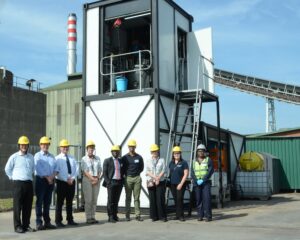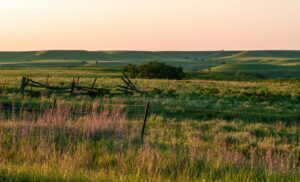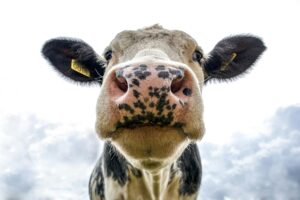This plan offers the government and the private sector framework to grow the sector, build competitiveness, attract more investment, improve inclusion, and create jobs. This year should mark the start of the implementation phase. But progress so far remains limited, as the focus shifted to energy security at the beginning of the year because of the intensified load-shedding. With various interventions such as the load-curtailment, extension of diesel rebate, and Agro-Energy Fund under implementation, the sector should refocus its attention on the Agriculture and Agro-processing Masterplan and explore means of implementation. Admittedly, the operating environment in the sector is more challenging than when the plan was drafted. Still, neglecting or delaying implementation will only allow the present challenges to worsen.
The growth constraints such as biosecurity, infrastructure, widening of export markets, registration of new crop protection chemicals, and various commodity-specific and regionalized plans are some of the aspects that the Agriculture and Agro-processing Master Plan reflected on. Notably, the broad sector support behind the plan could wane over time if the implementation is slow, and we may again find ourselves with another “good on paper but not implemented plan”. Getting out of this state of inertia requires the Department of Agriculture, Land Reform and Rural Development (DALRRD) to reconvene the social partners with an implementation proposal at hand to propose.
The DALRRD has a few options to utilize to gain momentum. The meeting could start with the energy interventions made thus far to assist the sector and how these will be sustained going to the next season, which may be a drought season, with higher demand for irrigation. This is a crucial step as few businesses would commit to the expansions promised in the Agriculture and Agro-processing Masterplan with no clear sense of the sector energy strategy. Agriculture and agro-processing are intensive energy users.
The second step would be to remind the sector how the existing blended finance initiative between DALRRD and the Land Bank will be broadened to other financing agencies to achieve the required scale to make a positive dent in transforming the sector. This process has been in the works for a few years, and there DALRRD should iron out the areas where there is no alignment yet and bring this in full stream.
Notably, the DALRRD should launch its Agricultural Development and Land Reform Agency, which came into the public view in 2021 and has been at various stages of refinement since that time. The DALRRD should outline the Agency’s mandate and working plan for its first five years in collaboration with the private sector. This will be a courageous step to get ahead of new entrant farmers’ questions about the need for land. It will also positively demonstrate that the expansion in the agricultural sector will be primarily through “growing the agricultural pie” by bringing into full production underutilized land. Another vital step that will boldly separate the Agency from other land redistribution instruments will be ensuring that the new entrant farmers to the sector have land with title deeds or tradable long-term leases. If the DALRRD fails to launch the Agency sooner, the deliberations in implementing the Master Plan will always go back to land needs as a hindrance. Therefore, the government should unlock all these possible stoppages before advocating for a comprehensive implementation of the Master Plan.
As we have previously stressed here before, these implementation steps are vital for building trust in the sector, not only between the government and existing role-players in agriculture but also other South Africans who aspire to join the sector and have followed these programmes from inception with hope for inclusion and economic opportunities. Notably, the sector’s stakeholders will also be more appreciative of the seriousness of government programmes and policy if there is a full-scale implementation of all these steps. There may be faults at the starting stages, which provides us with an opportunity to learn and improve policy and programme design along the way.
Agriculture holds the potential for growth and job creation. Still, the long periods between the completion of programmes and implementation could dampen the momentum and confidence. The DALRRD and industry players have a window of opportunity to focus on implementation but should be used speedily before the possible arrival of a harsh drought that some may use to escape from focusing on long-term necessary programme implantation.
The article first appeared in the Agbiz Newsletter, 31 May. Read it here.
Photo by Steve Harvey on Unsplash



